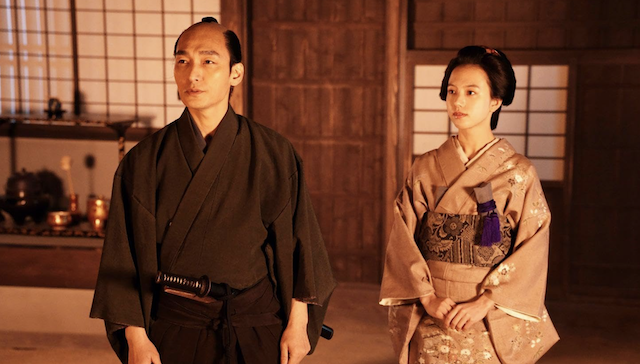
(c)2024 “Gobangiri” Production Committee
Gobangiri : Kakunoshin Yanagida was a samurai, forced to leave the Han due to a false accusation. He then lived in poverty with his daughter Kinu.
Director : Kazuya Shiraishi
Writer : Masato Kato
Producer : Satoshi Akagi, Yukiko Tanigawa
Cast : Tsuyoshi Kusanagi, Kaya Kiyohara, Jun Kunimura, Masachika Ichimura, Takumi Saito, Kyoko Koizumi
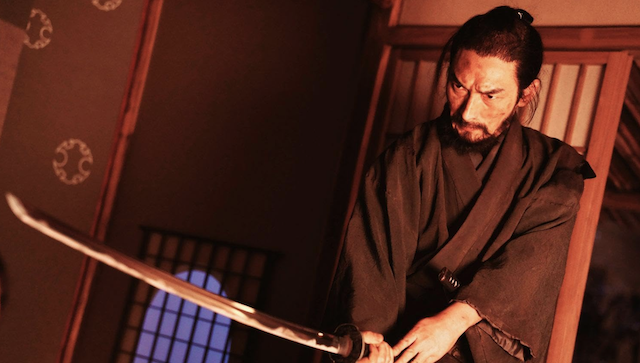
(c)2024 “Gobangiri” Production Committee
Exclusive Interview with Director Kazuya Shiraishi
Q: In “Gobangiri,” the character of Kakunoshin Yanagida, played by Tsuyoshi Kusanagi, is different from his previous roles in TV series such as “Good Person” or “Boku no Aruku Michi.” What was it about Kusanagi’s performance that attracted you to cast him in this role?
Kazuya Shiraishi: Yanagida is a hard-nosed character who hates to be bent, and once he has made up his mind, he cannot be bent. Kusanagi is usually a bit softer on YouTube. I think he seems to live his life in an easygoing and pleasant manner, if I am wrong, but I always got the impression that he was very stoic about his acting and his work. I’ve always thought that Mr. Kusanagi would be a great match for Yanagida, who is incapable of any wrongdoing.
Q: In this film, the scene where Genbei Yorozuya (played by Jun Kunimura) and Yanagida (played by Tsuyoshi Kusanagi) play Go was shot several times with backlighting so that it follows the flow of time. What was the process for shooting that sequence?
Kazuya Shiraishi: I shot this sequence as if it were a date movie, a date scene between the two of them… (laughter)… The story, presented from Genbei’s perspective, is about a man who is lonely and friendless and makes friends for the first time by playing Go with Yanagida (played by Tsuyoshi Kusanagi). If anything happens to him, he will play Go, and it goes beyond being a friend to being a bit like unrequited love.
Genbei has a one-sided love, but because of the game of Go, they quarrel, go astray, and finally decide to play Go again, but they are unable to do so and Kakunoshin departs. So I think it is also a story about Genbei’s lost love. So I wanted that sequence to be the most beautiful memory for both of them.
Q: I would like to ask you about your filming technique. I heard that you shot the film with an awareness of old period dramas and you were thinking of director Sadao Yamanaka who beautifully shot period dramas in the past.
Kazuya Shiraishi: Sadao Yamanaka made a prewar masterpiece called “Humanity and Paper Balloons” (Jinjo Kamifusen), and I think it is the way people behave in a tenement house. Regardless of the direction you look, there is a dead end at the back of the tenement house in “Humanity and Paper Balloons.” There is a scene where you have to climb up and I’m not sure what’s going on, but the movie is in black and white.
Just something at the end of a dead end, something that people are still walking on, and the road that goes on forever is not continuing, I was inspired by “Humanity and Paper Balloons.” Masaki Kobayashi’s films [also] hold a special place in my memory of watching period dramas. His film “Seppuku” is also a story about a samurai who cannot change his way of life. Therefore, I think the sadness of not being able to change one’s way of life is a great influence on me.
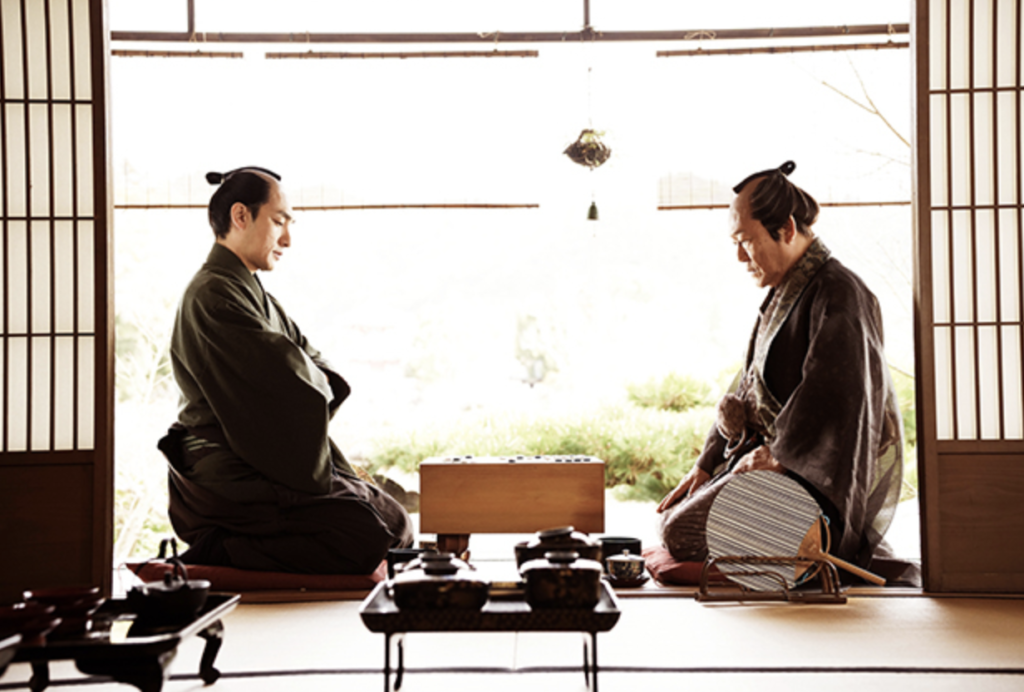
(c)2024 “Gobangiri” Production Committee
Q: This film’s attraction lies in its ability to capture the emotions and spirit of those who play Go. When Yanagida learns of Shibata’s crime, his Go playing becomes rough, and he stops playing Go abruptly when he realizes his feeling. But as far as filming techniques are concerned, unlike chess or shogi, it is generally difficult to understand what the game is about, isn’t it? What was your focus while filming the Go scenes?
Kazuya Shiraishi: As you say, chess and shogi are much easier to express than Go in terms of taking the opponent’s piece, and then somehow moving one’s piece forward, or which side has the upper hand. In Go, anyone can see it, but you really have to be more than a high-rank amateur to understand it.
I had a lot of trouble deciding what to do about that, but I wanted to capture the beauty of the contrast between the simple, black and white, black and white, which is a bit like a movie, and also, because the board doesn’t move, I wanted to convey how things are happening in the film, using all kinds of techniques, even to people who don’t know the rules. I also wanted to convey a sense of reality to people who don’t understand the rules of the game by using various ways to show what is going on in the film, such as by moving the camera closer to the person playing. I guess I did everything I could.
Q: I thought actress Kaya Kiyohara looked very mature for her age. Did you have her in mind from the beginning for the role of Okinu, or did you decide on her during the audition process?
Kazuya Shiraishi: From the very beginning, I said that I wanted Ms. Kiyohara, and as you said, she looked much more mature than her age. I had always thought that Ms. Kiyohara had the kind of elegance that the character Kakunoshin has, so I asked her if she could do something for me.
Q: What did you think of her performance on the set?
Kazuya Shiraishi: I can’t complain about her performance. It was more dignified than I had expected, it was as if she could see right through me, like I was stretching my back while watching her on the monitor.
Q: Takumi Saito plays the role of Shibata, a samurai who has a history with Yanagida. It’s a very different role from the one in “A Gambler’s Odyssey 2020” (Mâjan hôrôki 2020) in which you worked together before. What was the reason for you to give him such a tense and significant role?
Kazuya Shiraishi: Takumi Saito is an actor who played many different roles in various jobs we have done together. This time, he played a great role as an antagonist’s villain. I thought he should ensure he was both cool and beautiful when he came out, so I requested Takumi Saito to play the role. I also wanted a man with height and a unique appearance, which was uncommon at the time.
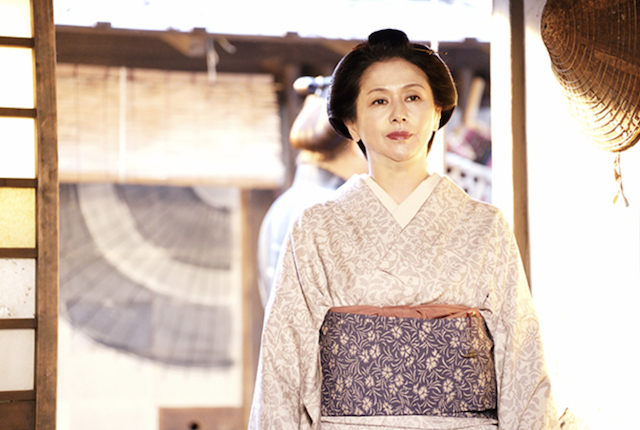
(c)2024 “Gobangiri” Production Committee
Q: Not only are Mr. Kusanagi’s portrayal of Yanagida and Ms. Kiyohara’s portrayal of Okinu attractive, but also the supporting characters as well, such as Kyoko Koizumi’s character Okou, who manages a female prostitute. How did you formulate the roles of such supporting actors?
Kazuya Shiraishi: When making a movie, I always pay more attention to how the characters around the protagonist shine than I do to the main character. Every role has specific duties, and I think it’s important to delve deeper into the role and come up with different words that suit it. Ms. Koizumi’s role of Okou is in charge of many female prostitutes with a strong understanding of both the front and back sides of the business. I am sure that Jun Kunimura’s role Gonbei will have some good parts as a merchant, but at the beginning, there are also some parts where he is cunningly doing business.
Q: I’ve heard that Kusanagi stands on set all the time. Can you tell us a little bit about his enthusiasm on set and how he acts as the head of the set? Can you tell us what he is like? Can you provide us with a few details about his enthusiasm on the set and how he acts as the leader of actors. Can you elaborate on his personality?
Kazuya Shiraishi: He is very natural. I don’t feel like he’s really trying to do something. I think he’s always the same, but he’s quiet and focused, and he is chatting with various people on the set. I always get the sense that he approaches his work in a calm, natural way.
Q: This time, this film will be screened at the New York Asian Film Festival. What kind of Japanese culture or films would you like to introduce to people overseas through this film?
Kazuya Shiraishi: Many of the characters in my previous films were selfish, but in this one, I sensed that they were striving for their fathers or husbands, or for their husbands to sacrifice their lives for the next generation. In my opinion, Kakunoshin was also a person who lived for others, and Takumi Saito, who played Saito as a villain, could have deceived himself, but maybe he was trying to prevent the clan from being killed for Kakunoshin’s sake.
I don’t know about the Japanese people of today, but I think the Japanese people of the past had this kind of depth, and that is part of what I am trying to portray in this film.
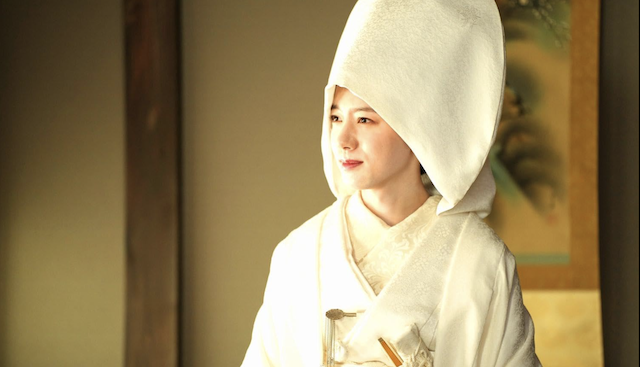
(c)2024 “Gobangiri” Production Committee
Q: After working as a director for more than 15 years since your debut, is there anything lacking in Japanese cinema that you would like to change? I don’t mean to say that I am leading the way, but is there anything that you would like to see changed in Japanese cinema?
Kazuyo Shiraishi: I believe it would be wonderful if we could all produce more expensive films, I think the simple structure of TV series like “Shogun” and Mr. Sanada’s power is one thing, but I think it is absolutely necessary to have a large number of people involved in the production. Japanese filmmakers, mainly producers and film companies, tend to use the lack of budget as an excuse, saying that they could have done more if they had had the budget.
Recently, with the wave of success on Netflix and other new trends, we are beginning to see the emergence of films that can be made on a budget, so I am very interested to see what kind of work will be done by those who really made excuses for not having a budget. I wonder what will come out of such a situation. I think it is something that Japanese staff and film companies will have to work on.
Q: In terms of budget, there are many independent films that are more expensive overseas, but you have exhibited many films at film festivals overseas. Do you have any desire to make films set in foreign countries?
Kazuya Shiraishi: Yes, I do. I am currently working on several such projects, if there is a chance, I would like to do it. I would also like to do various co-productions with Japan, and I am currently working on various projects.
Q: What do you want Americans to see in the film “Gobangiri” that is being shown at the New York Asian Film Festival?
Kazuya Shiraishi: What I think makes this period drama so modern is the change of mindset of Kakunoshin himself. He doesn’t like anything that isn’t fair, and he really thought he could never change his way of life, but he goes a little off the path. I think it’s a great message to say that it is necessary to have the courage to change one’s way of life when necessary, even though Japanese people used to believe that it is better to have a strong sense of one’s own way of life. It was the first time that such a traditional Japanese period drama could depict such a thing, but it was a great discovery for me.
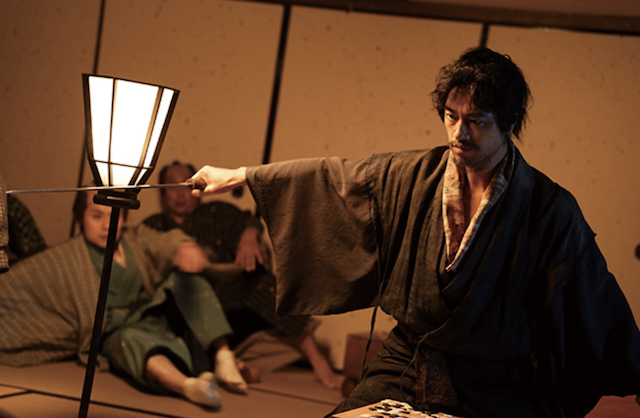
(c)2024 “Gobangiri” Production Committee
If you like the interview, share your thoughts below!
Check out more of Nobuhiro’s articles.
Here’s the Japanese trailer of the film.

